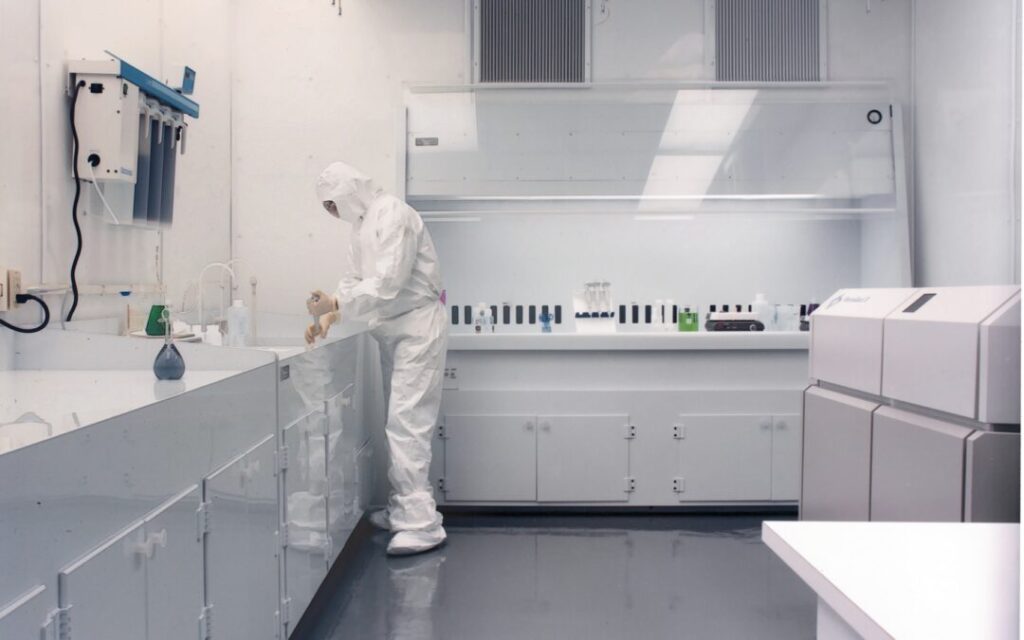Ensuring Cleanroom Safety: The Role of Biosafety Cabinet Testing

What Is a Biosafety Cabinet?
A biosafety cabinet (BSC) is a ventilated workspace that protects laboratory workers, the environment, and research material. These cabinets are crucial in laboratories handling infectious agents or hazardous chemicals, ensuring containment and minimizing exposure risks. BSCs are equipped with High-Efficiency Particulate Air (HEPA) filters to capture airborne contaminants, making them indispensable in settings where containment is critical.
Importance of Biosafety Cabinet Testing
Regular bio-safety cabinet testing and certification are essential to verify that these cabinets function correctly. Proper testing ensures that the cabinets provide the necessary containment, safeguarding lab personnel and the environment. According to CDC guidelines, maintaining proper airflow and filtration in BSCs is critical for safety. Failure to perform regular testing can lead to malfunctioning cabinets, which increases the risk of exposure to harmful agents and compromises experimental integrity.
Regulations and Standards
Various regulatory bodies, including the CDC and NIH, have established stringent standards for biosafety cabinet testing. Laboratories must adhere to these standards to remain compliant and ensure a safe working environment. The WHO also provides comprehensive guidelines on using and testing BSCs, underscoring their global importance. Compliance with these standards ensures safety and upholds the credibility of the scientific research conducted within the labs.
Testing Procedures and Methods
Testing procedures for biosafety cabinets include airflow velocity and pattern testing, HEPA filter integrity testing, and leak testing. These methods are designed to identify issues that could compromise the cabinet’s safety and effectiveness. Regular testing is the cornerstone of ensuring a safe laboratory environment. Airflow testing, for instance, ensures that air is flowing in the correct direction and at the right speed to prevent contaminants from escaping the cabinet.
Common Challenges in Biosafety Cabinet Testing
Despite the importance of testing, several challenges exist. These can include logistical issues, the complexity of testing protocols, and the need for highly trained personnel to conduct tests correctly. Laboratories must navigate these hurdles to maintain safety standards and operational efficiency. For instance, coordinating testing schedules to minimize disruption in lab work can be challenging, but it is necessary to ensure safety is not compromised.
Benefits of Regular Testing
- Ensures the safety and well-being of lab personnel, reducing the risk of exposure to hazardous agents.
- Maintains compliance with regulatory requirements, avoiding legal and financial repercussions.
- Prevents contamination of research materials, which is crucial for the accuracy and reliability of scientific results.
- Enhances the overall operational efficiency of the lab by ensuring equipment is functioning optimally.
Future Trends in Biosafety Cabinet Testing
Advancements in technology are paving the way for more automated and precise testing methods. Integration of IoT devices can provide real-time monitoring of BSCs, offering immediate alerts to potential issues and allowing for swift corrective actions. The future of biosafety cabinet testing looks promising, with innovations to enhance both safety and efficiency. Embracing these technological advancements can lead to more proactive maintenance and reduce the risk of unexpected equipment failures.






Responses